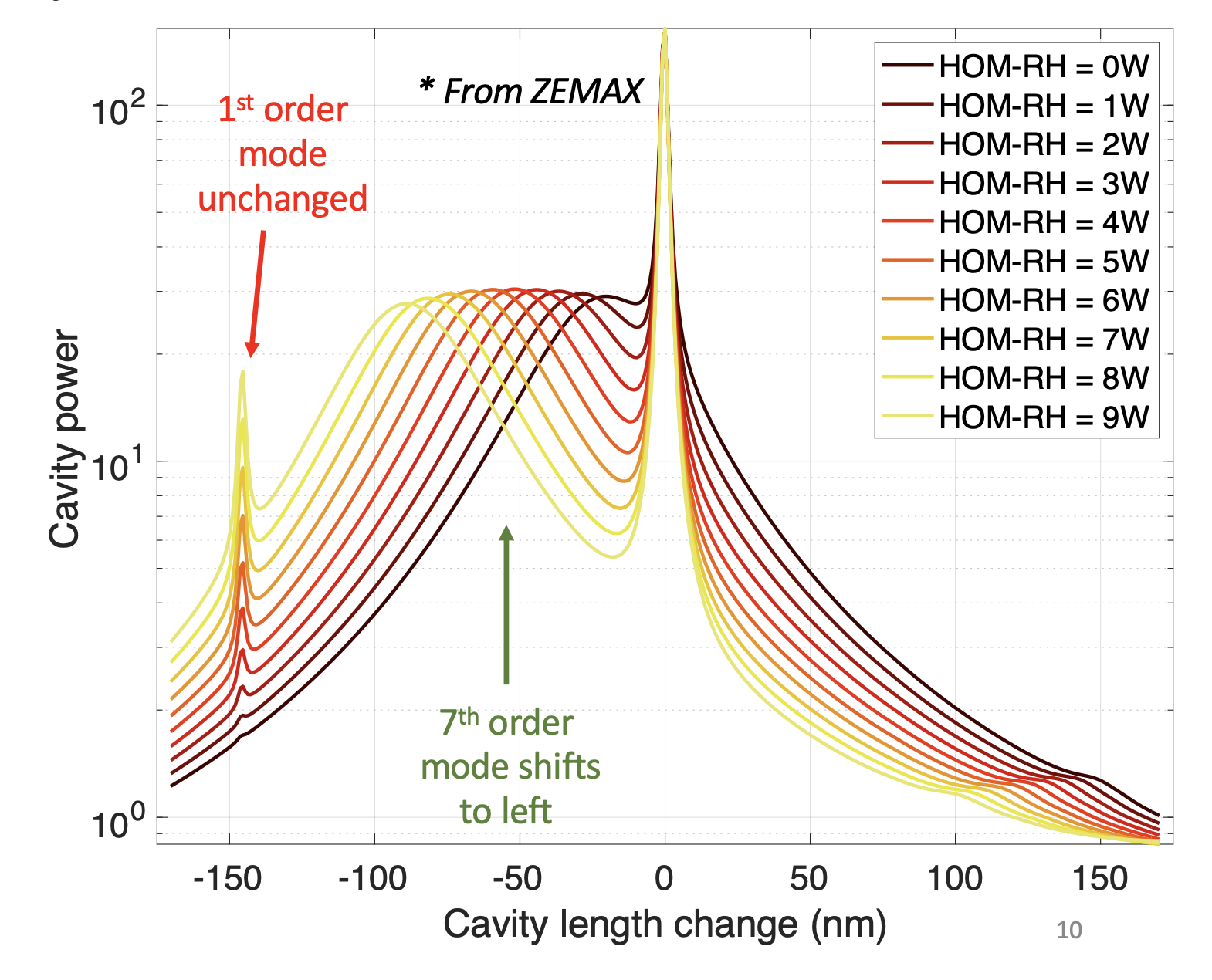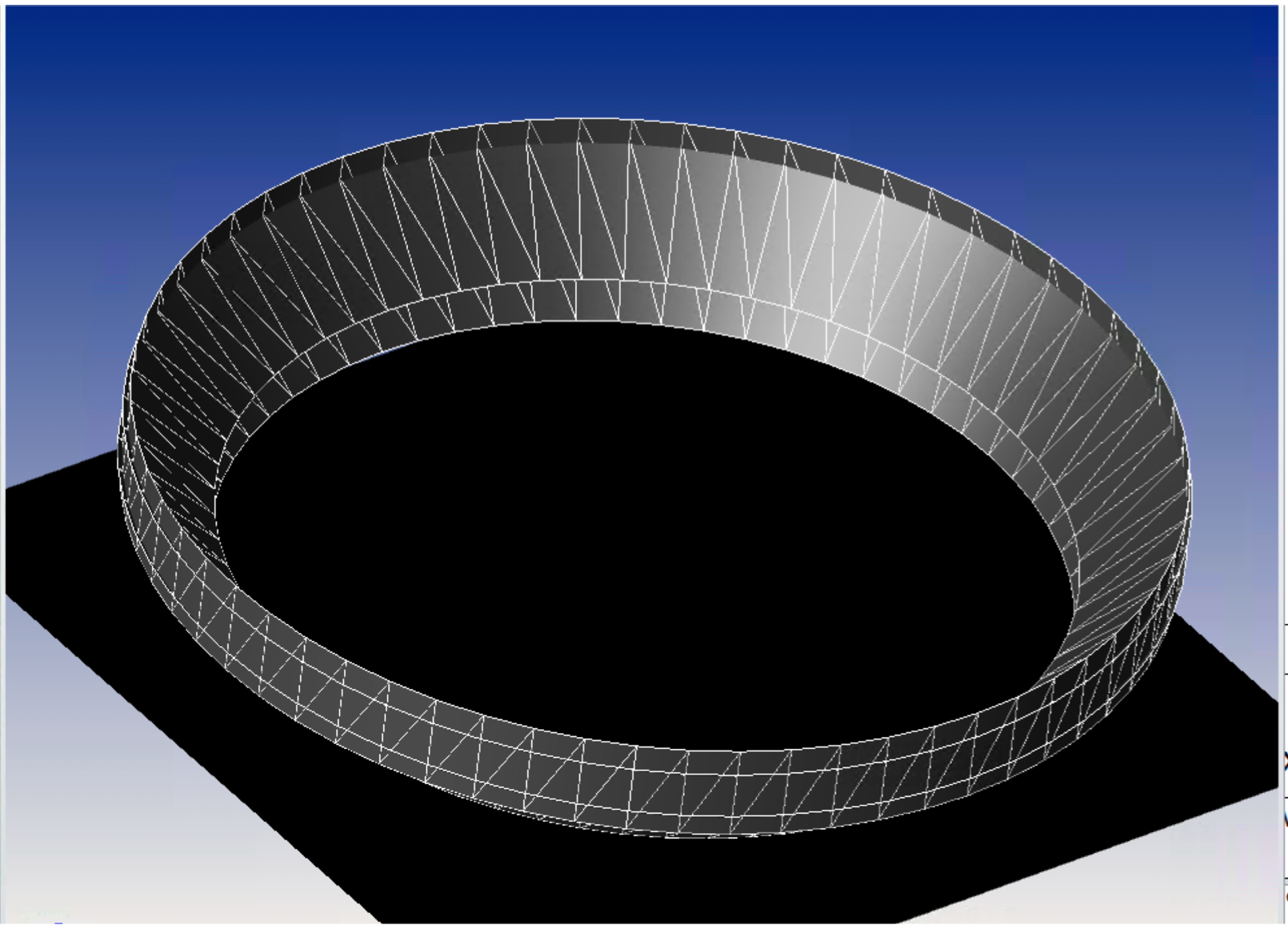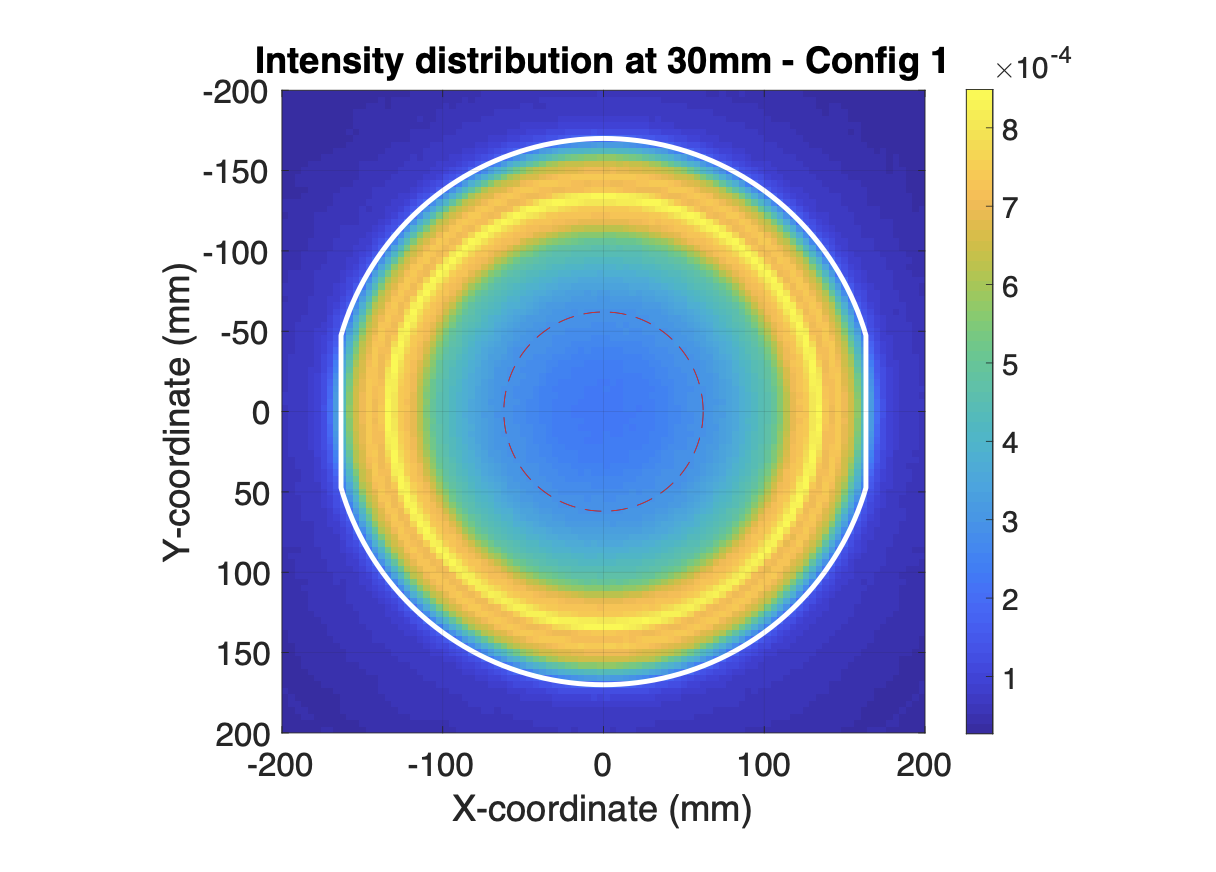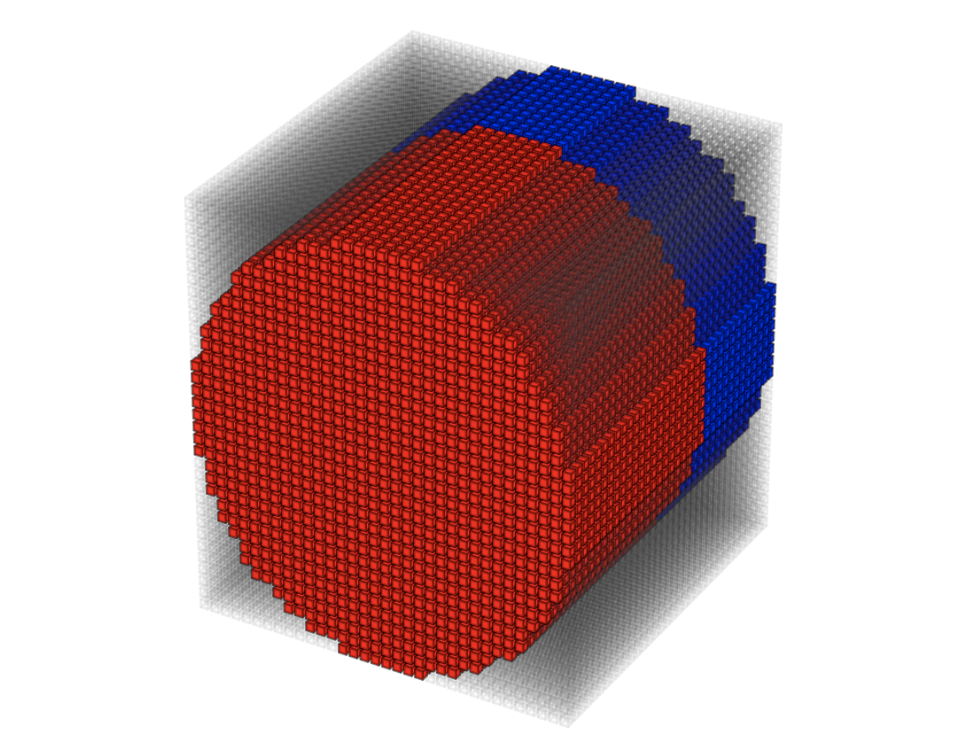Understanding why systems behave as they do is essential to good science. As systems grow more complex, detailed modeling tools become indispensable for capturing physical processes and enabling fast, accurate, and cost-effective predictions. I am fluent in COMSOL, MATLAB, Python, and ZEMAX, and have developed custom FFT-based optical modeling software. Additionally, I built a 3D finite element model of the Advanced LIGO test masses capable of running 3000x faster than real-time.
FEM analysis & tutorials
To support Advanced LIGO's online control systems, I used COMSOL to model thermal stress in its optics, providing critical data for the gravitational wave detector. Recognizing the need for accessible training, I also created a series of video tutorials covering the most common analyses graduate students encounter when modeling the LIGO detectors. This library has become a valuable resource, helping numerous students familiarize themselves with COMSOL over the years

Simulated resonance scans for the LIGO arm cavities showing the effects of thermal actuators.

ZEMAX model of a heater source collimator

Simulated profile from an annular heater

A representation of the Cartesian 3D matrix form of a model of the LIGO test masses

Displacement field of an 80kHz acoustic eigenmode in an Advanced LIGO test mass.

Coding a finite-element model in Python